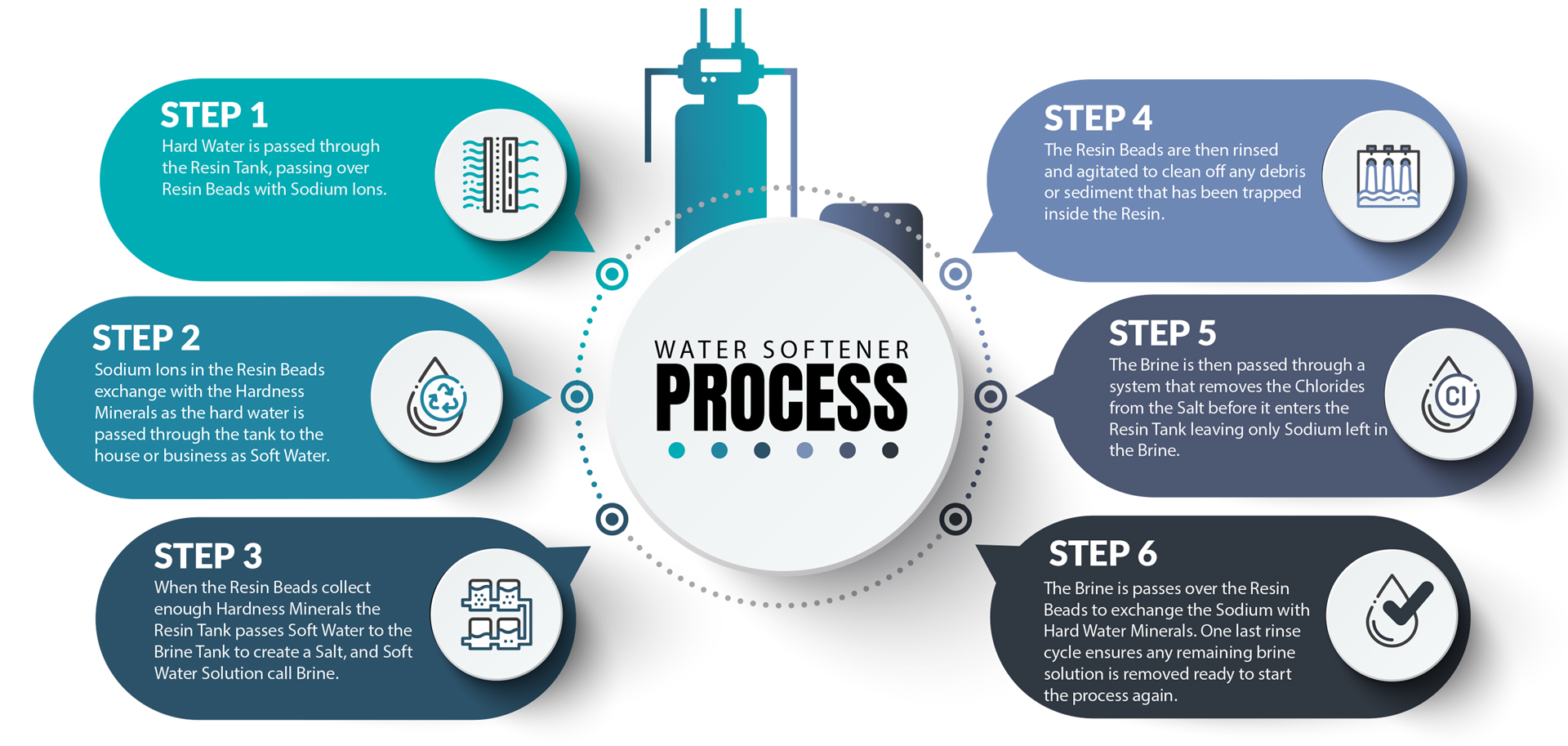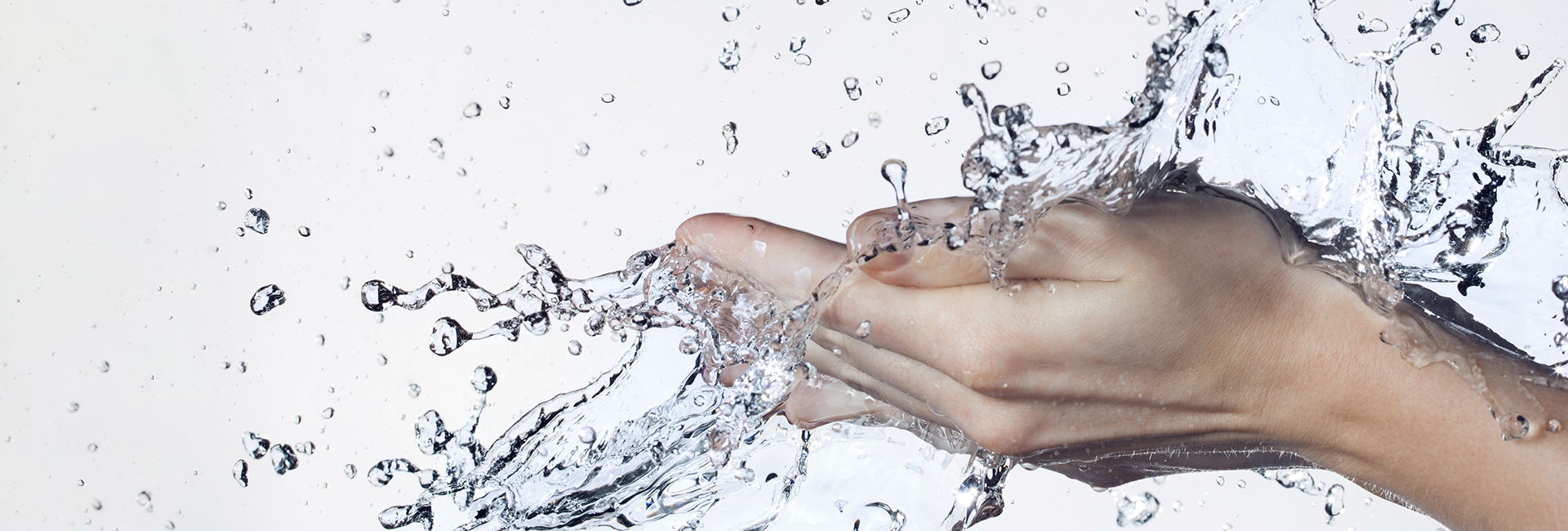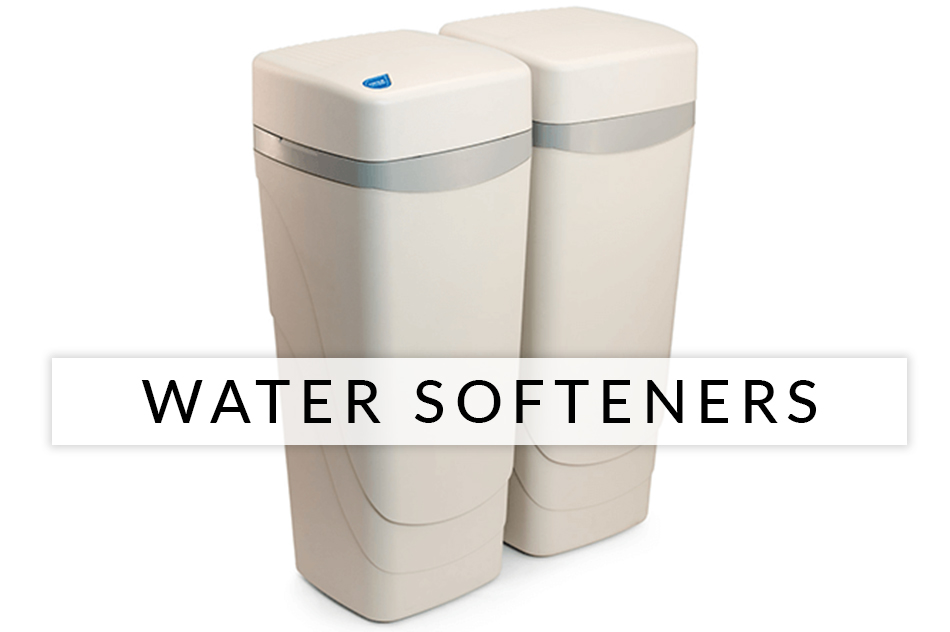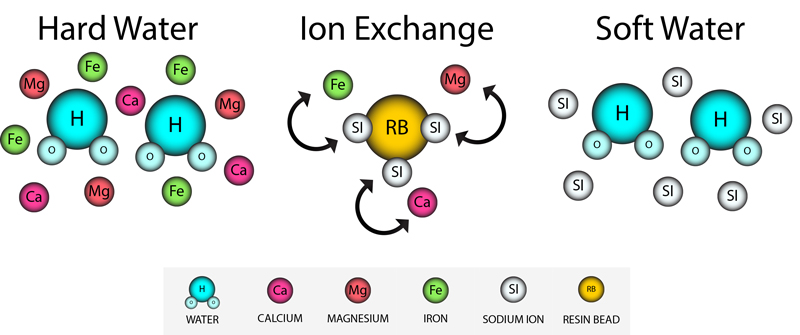What are the Benefits of a Water Softener
By now, you probably have had a friend or relative who owns a Water Softener System; if you have not experienced the benefits of using a Water Softener, more than likely, you have already heard of it. Before we get into how it works, let's talk a little about the benefits of a Water Softener. Water Softeners can benefit both your health and the health of your household appliances.
Water Softeners have the following benefits and more:
- Reduce water spots and scale build-up
- Spend less on shampoos, cleaners, and detergents
- Keep clothes bright and long-lasting
- Maximize wear and tear on expensive appliances
- Remove hard water minerals such as Calcium, Magnesium, and Iron
What Is The Process Of A Water Softener
Water Softener Systems have two tanks; a Brine Tank, which holds your salt, and a Resin Tank, where the water softening process happens. The Brine Tank holds Resin Beads, which trap ions of Sodium for exchanging during the softening process. Water Softeners use the method of Ion Exchange to remove hardness causing minerals in your water. Some of the top hardness causing minerals are Calcium, Magnesium, and Iron.

- Step 1 -Hard Water is passed through the Resin Tank, passing over Resin Beads with Sodium Ions.
- Step 2 -Sodium Ions in the Resin Beads exchange with the Hardness Minerals as the hard water is passed through the tank. The Hardness Minerals are left in the Resin Tank as the Soft Water leaves the tank to the house or business.
- Step 3 -When the Water Softener Resin Beads collect enough Hardness Minerals, a Regeneration Cycle begins. The Resin Tank passes Soft Water to the Brine Tank to create a Salt, and Soft Water Solution call Brine.
- Step 4 -The Resin Beads are then rinsed and agitated to clean off any debris or sediment that has been trapped inside the Resin.
- Step 5 -The Brine is then passed through a system that removes the Chlorides from the Salt before it enters the Resin Tank leaving only Sodium left in the Brine.
- Step 6 -The Brine is then passed over the Resin Beads to exchange the Sodium with the Hard Water Minerals. One last rinse cycle ensures any remaining brine solution is removed, leaving only the Resin Beads with the Sodium Ions ready to start the process again.



